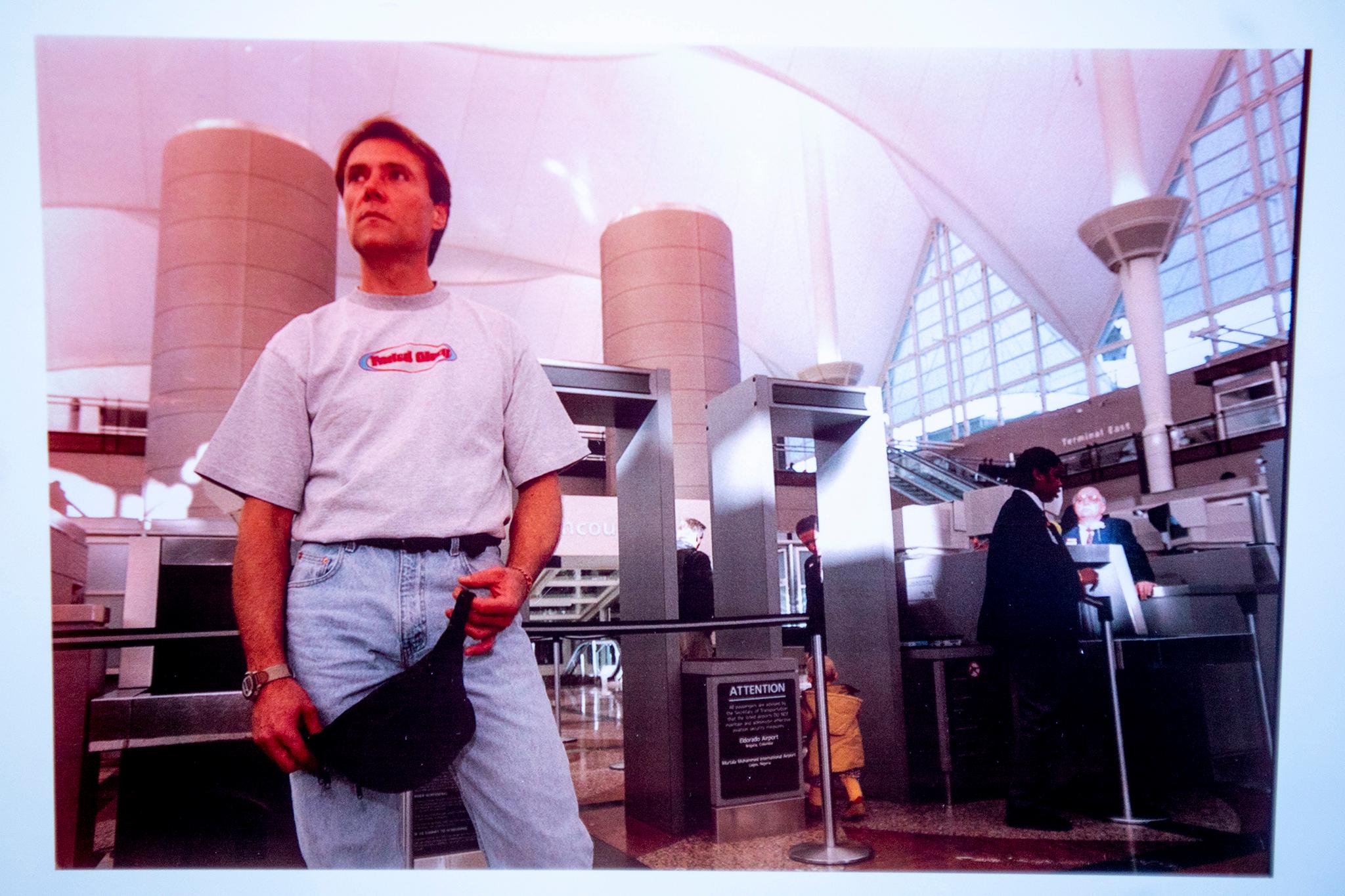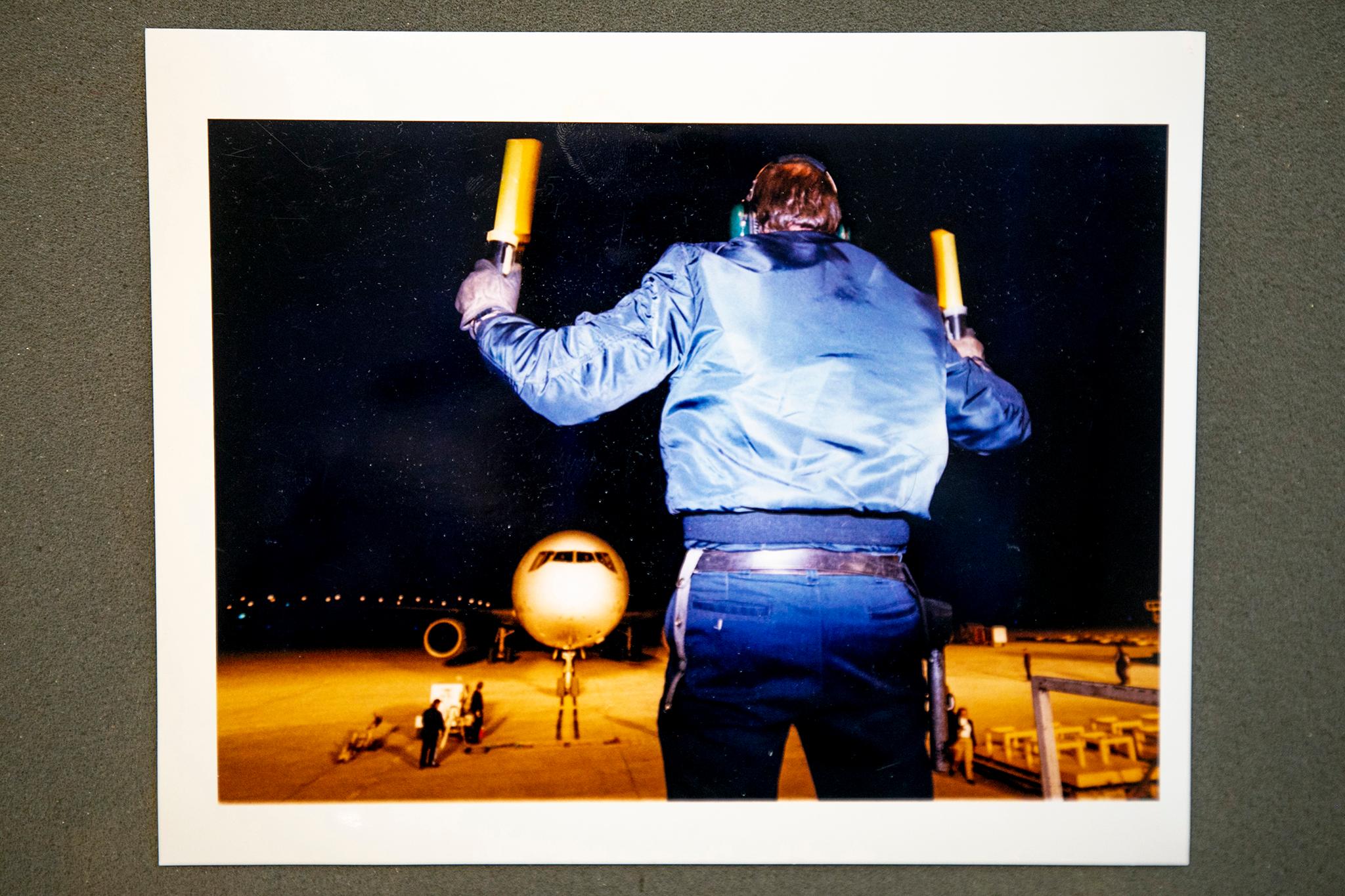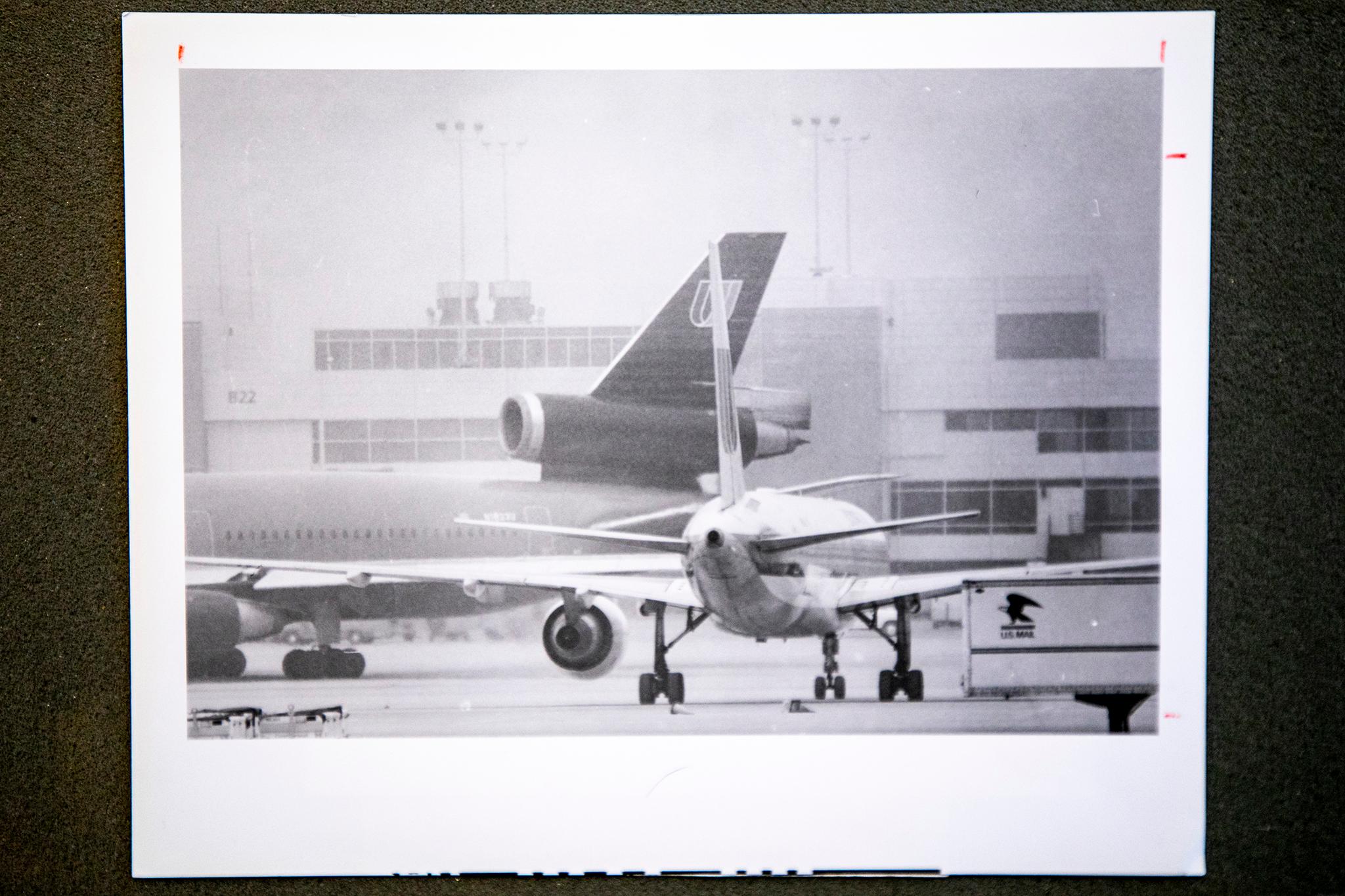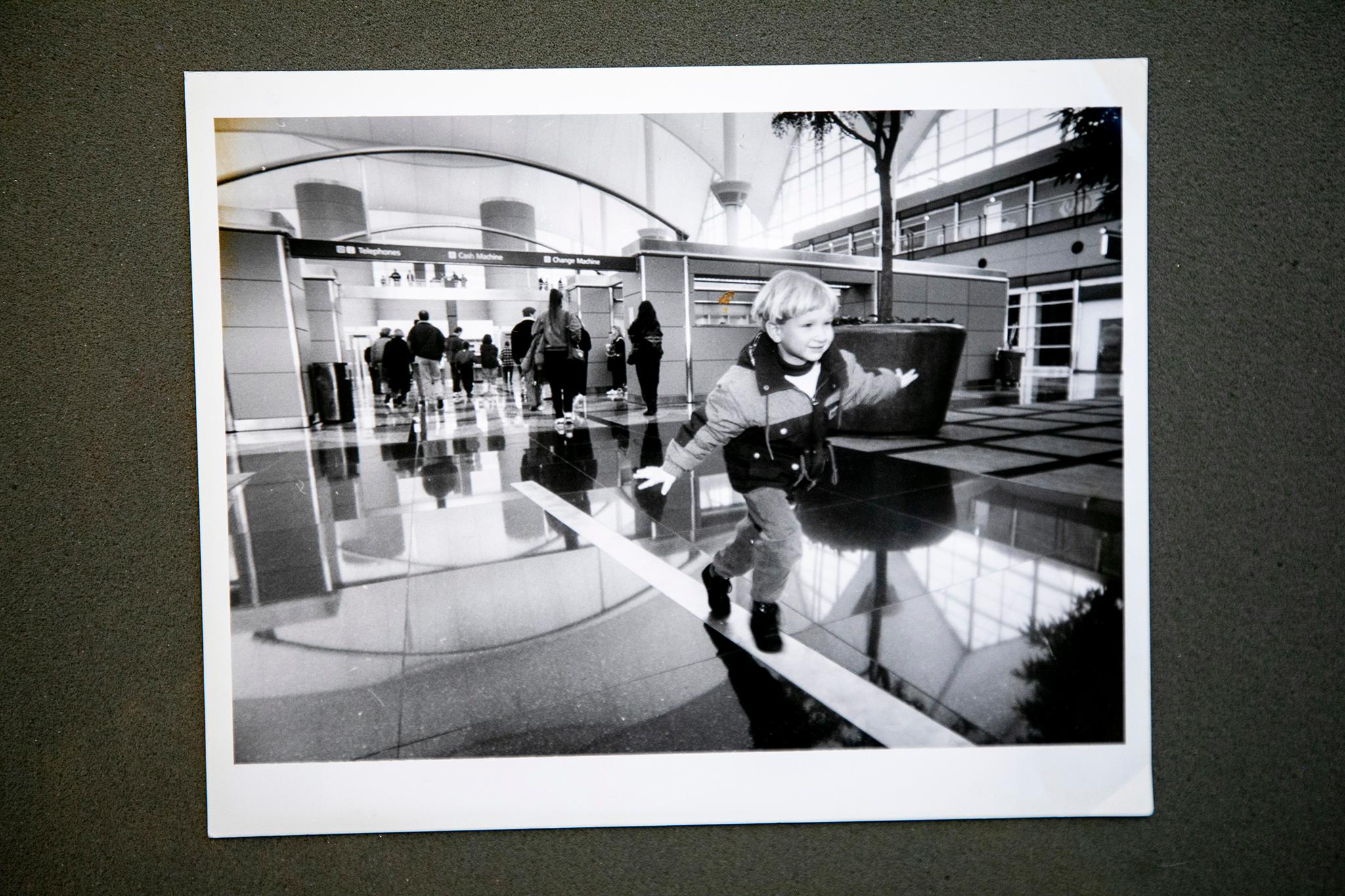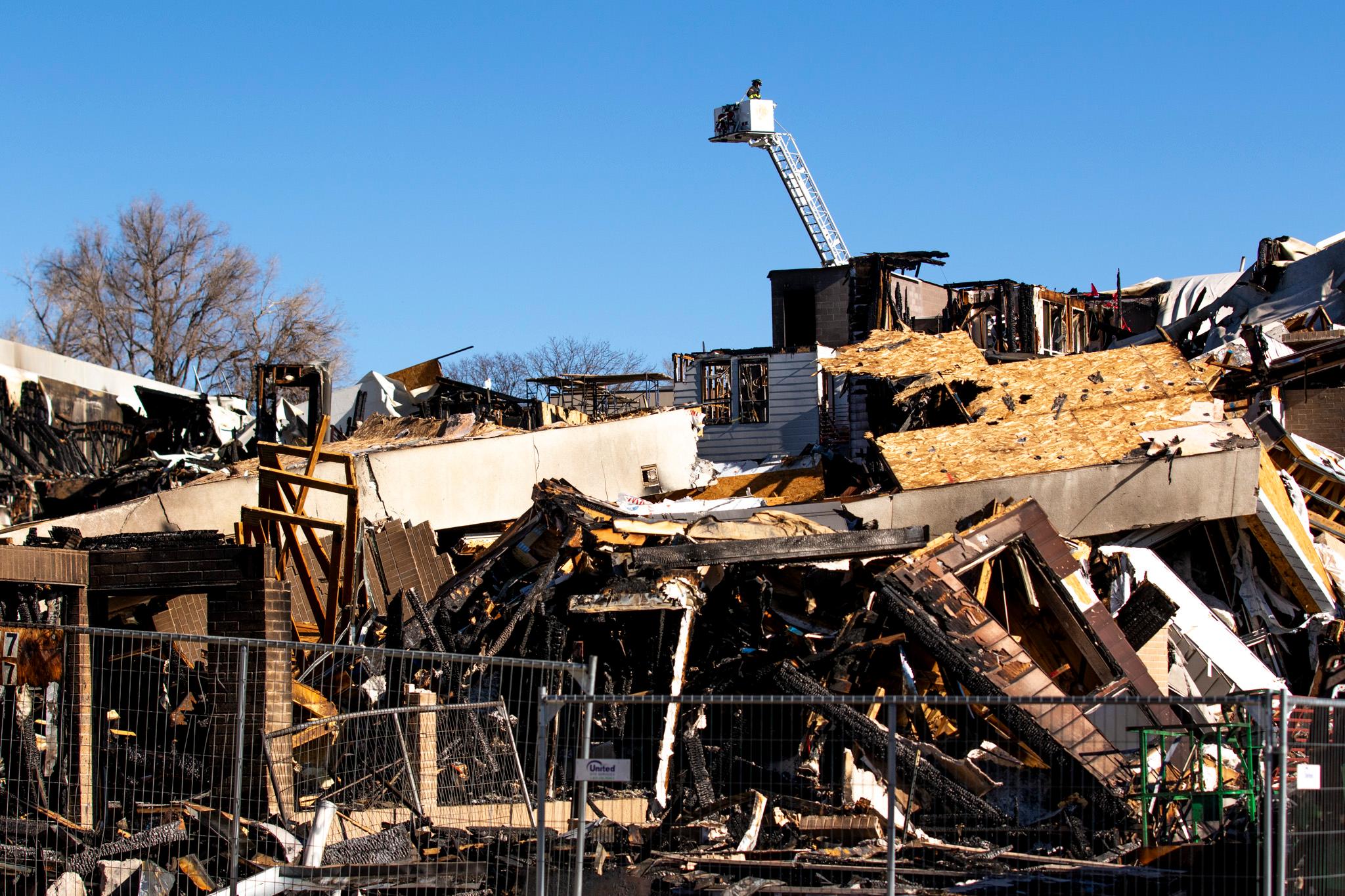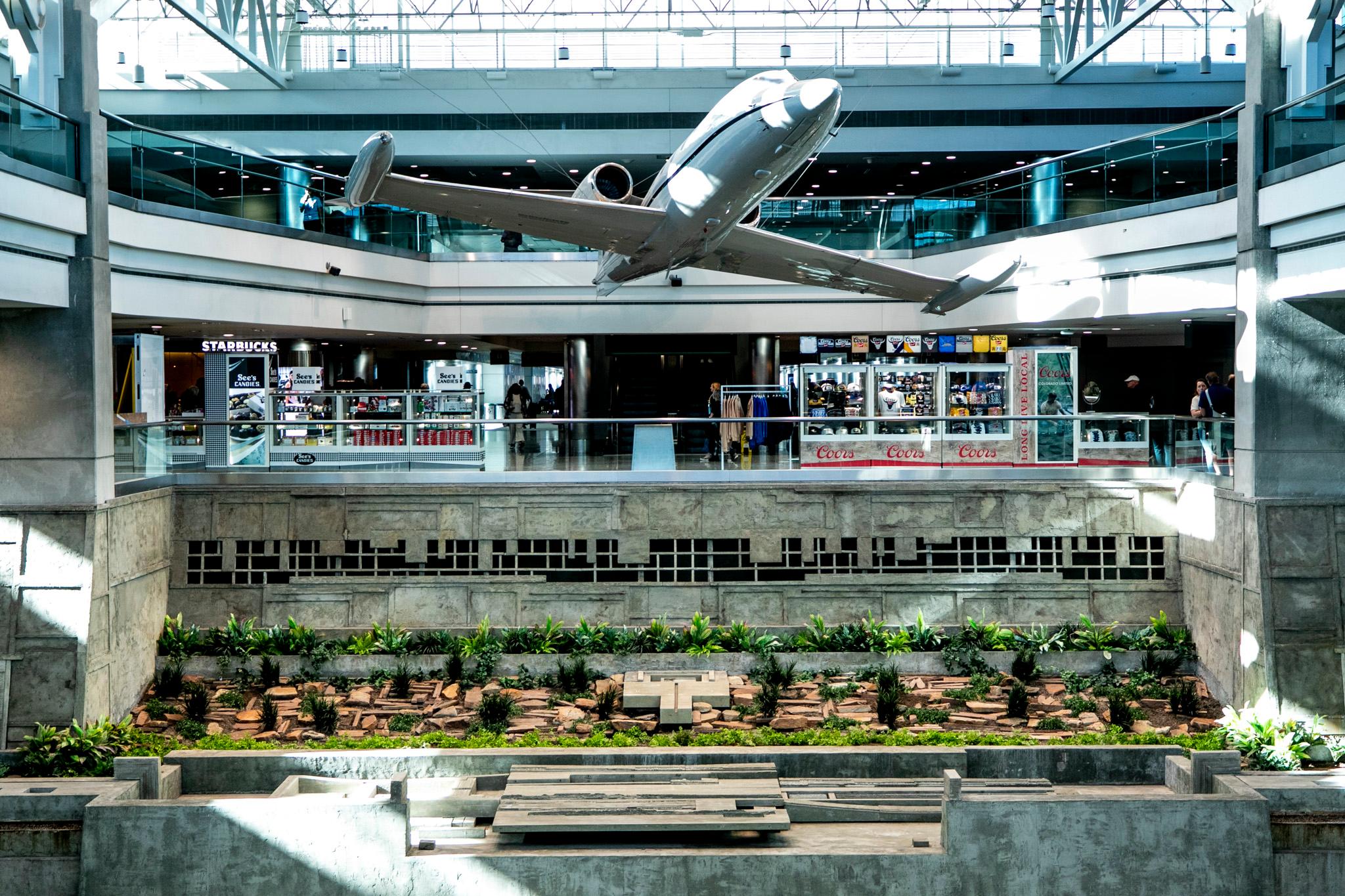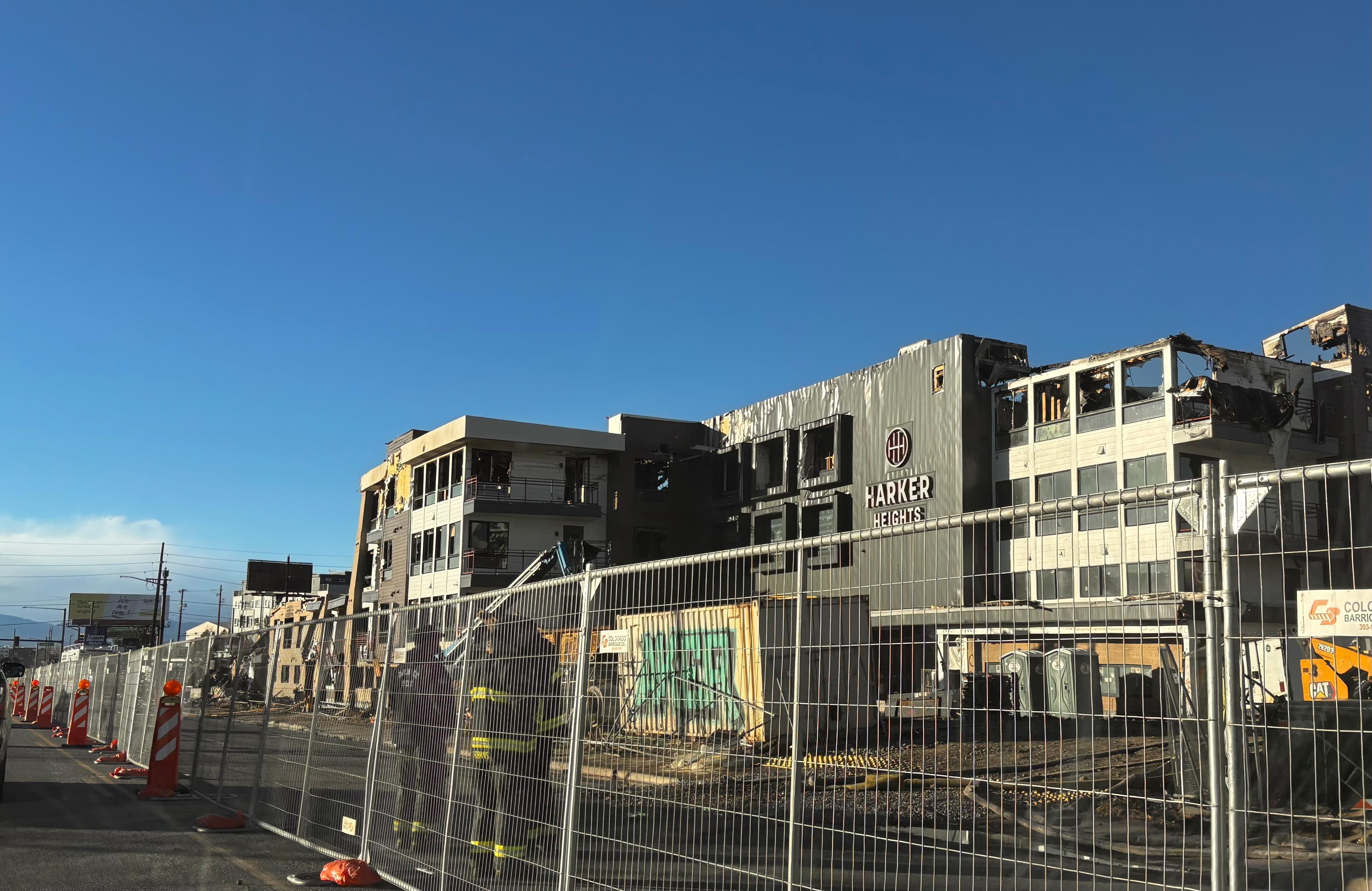Earlier this month, Denver International Airport announced it hit an all-time traffic record in 2023.
But before DIA welcomed nearly 78 million passengers and added several airlines and routes, it was a brand new airport way out in the Eastern Plains that saw 50 million passengers in its first year in 1995.
And before that, the Denver Airport was the much smaller Stapleton Airport (named after former Mayor and Ku Klux Klan member Benjamin Stapleton).
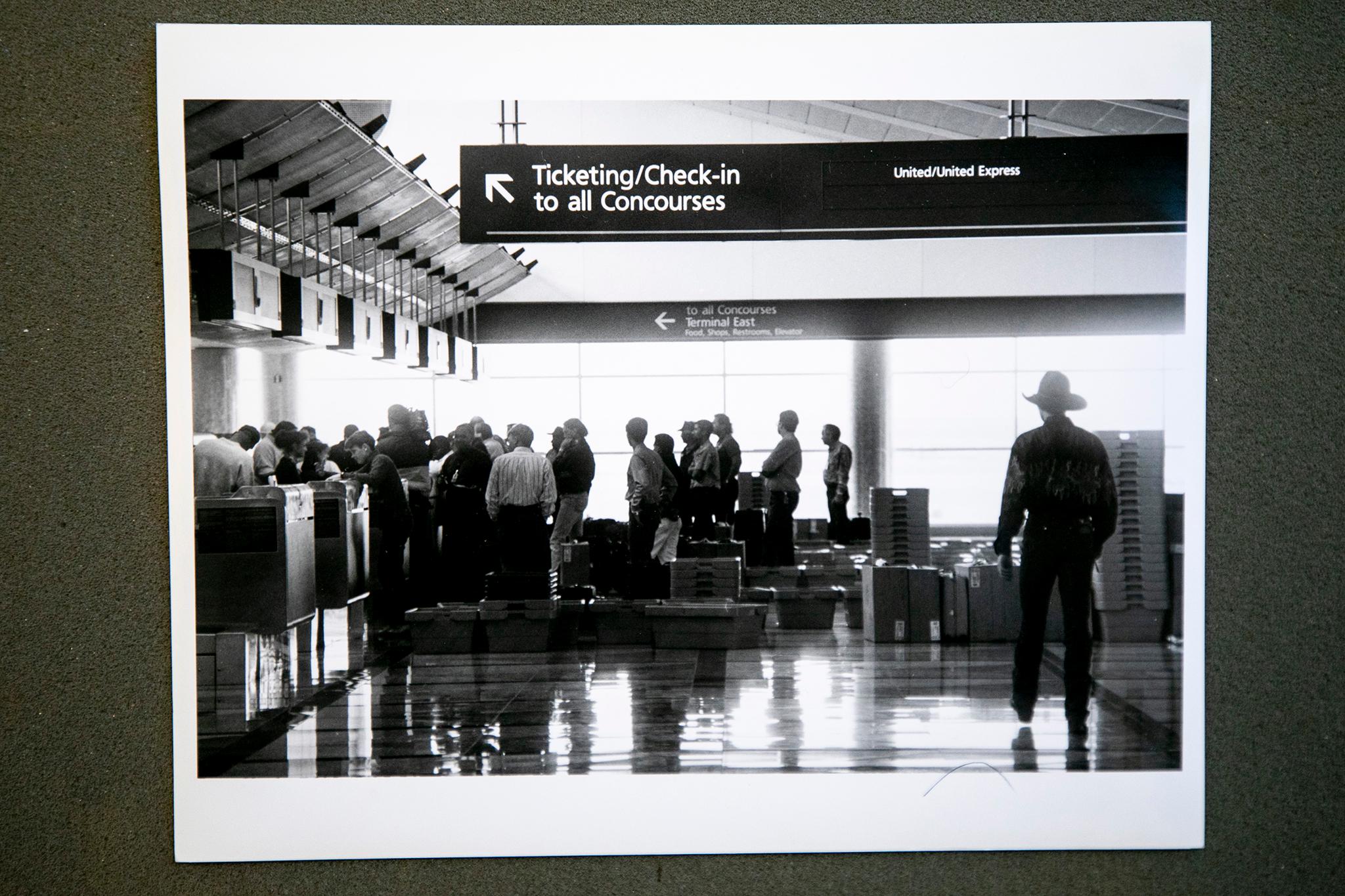
Ellen Jaskol/Rocky Mountain News/Denver Public Library/Western History Collection/Rocky Mountain News Photo Archives
As DIA continues its fast march towards a projected 100 million annual passengers in 2027, we asked our readers for their memories of the early days of Denver's airport, both Stapleton and DIA, back when Peña Boulevard traffic, a United hub and all those conspiracy theories were just a twinkle in Blucifer's bright red eyes.
Here's what you all had to say.
To long-time Denverites, Stapleton felt small and local.
Joel Judd remembered when the old airport was at 32nd Avenue and Quebec Street, before its move to what is now the Central Park neighborhood (previously Stapleton). He attended Smiley Middle School nearby.
"It only seemed like we could touch the wheels," he said. "As noise radiated out from the fully powered takeoff engines, teachers would pause mid-sentence, resuming when the din diminished."
In the pre-9/11 era, travelers could go right up to the gate.

"We would drive out [to] Monaco and then up 32nd ... park easily at the airport and walk to the concourse -- no security gates -- to be the first to give hugs as our relative got off the plane," Ellen Hertzman said. "It was especially fun at Christmas time when it seemed everyone on Monaco had beautiful lights up -- so festive!"
Cindy Wolf recalled getting from downtown to her gate in 20 minutes -- a real fantasy for all of us who have gotten stuck on I-70 or in snaking TSA lines.
DIA was a big upgrade -- but with it came big problems as well.
"On the night of its first snowstorm, runways got plowed but not Peña Boulevard. Oops," Wolf said. "Lots of cars went off the road in the middle of nowhere. People missed flights because they couldn't get to this modern monstrosity in the eastern plains."
Wolf also recalled the early DIA baggage system -- a set of tunnels underneath the airport that was supposed to represent new and improved technology but instead represented delays and dysfunction.
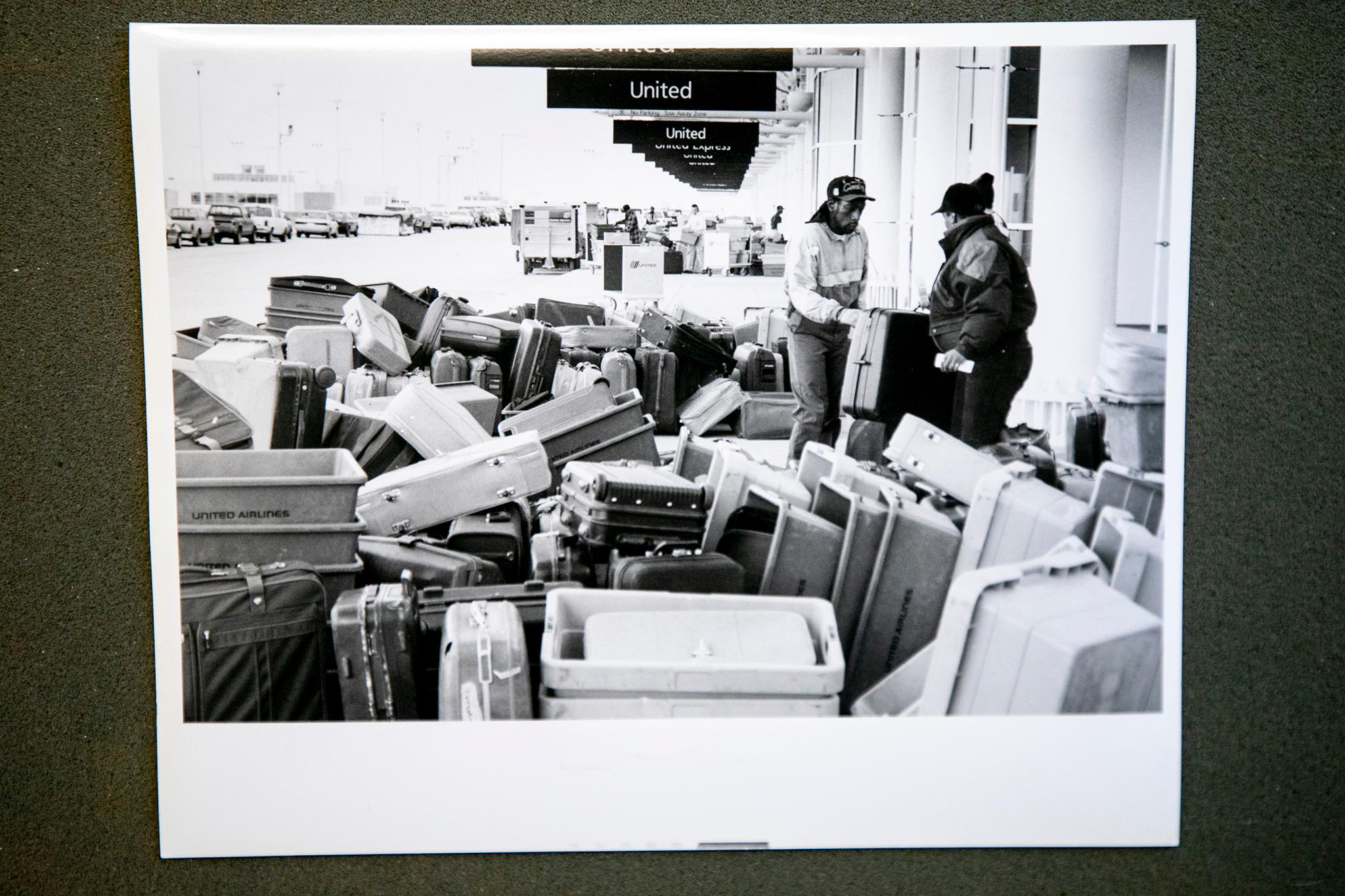
"When landing in Denver at Concourse C, you could stop and have a drink before your bags showed up," Wolf said.
Thomas Scanlan said the airport chaos made Denver a "national punchline."
"DIA sometimes made talk show David Letterman's intentionally silly 'Top Ten' list," he said.
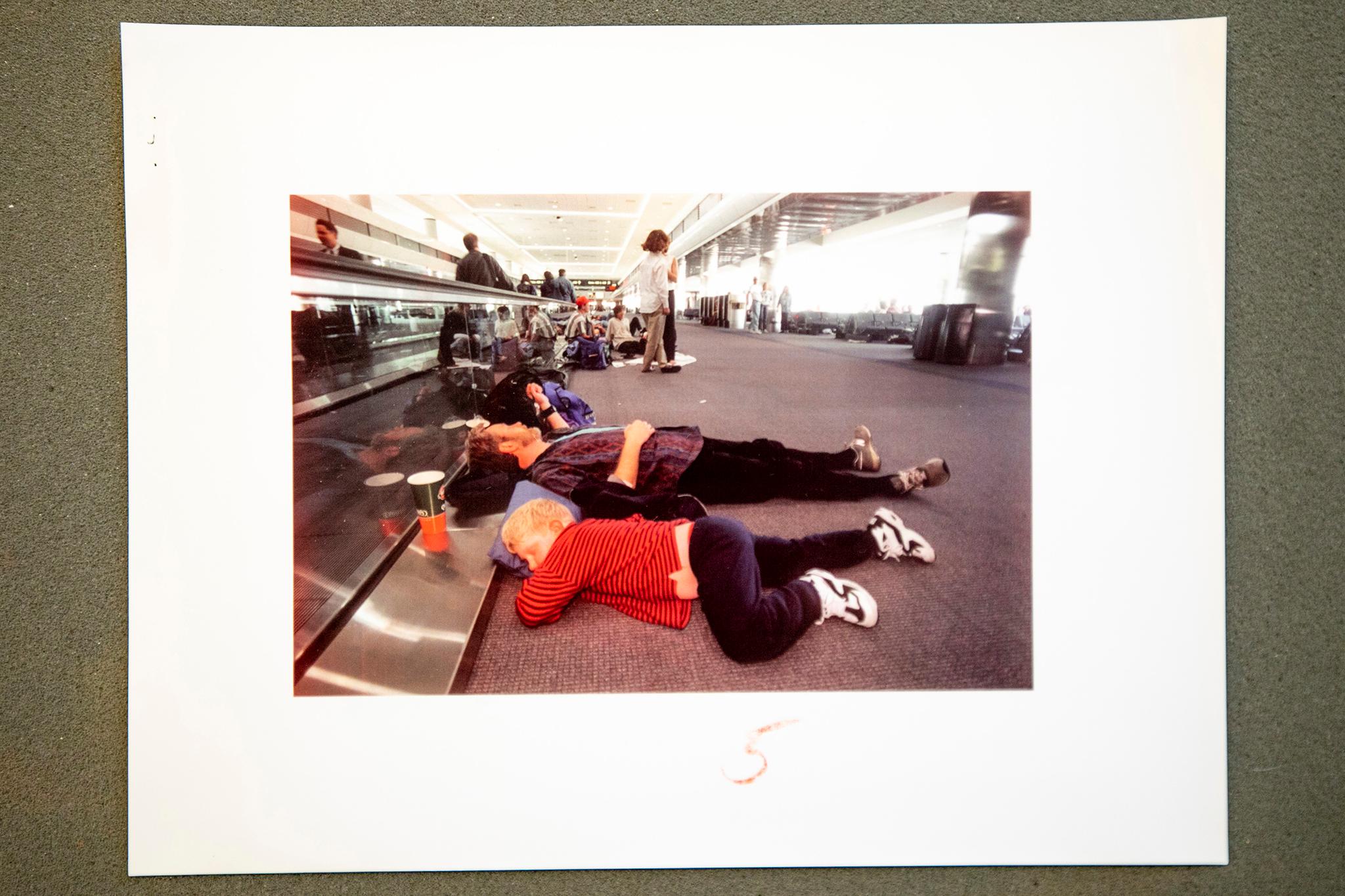
In 1995, Scanlan said the city was associated with Super Bowl losses and bad weather.
"There was a perpetual 'fingers crossed' feeling around the town when the airport finally opened and during its first year in operation," Scanlan said. " We were seen as a town that couldn't quite get it right."
But the early days of DIA were also new and exciting -- almost like a theme park.
Scanlan's uncle took him to an open house at the airport in 1994, before DIA officially opened.
"The airport appeared more like an amusement park from a distance," he said. "I remember the circle of world clocks you could walk under at the DIA train entrance. Before selfies, it was a can't-miss photo op to start a vacation photo album."
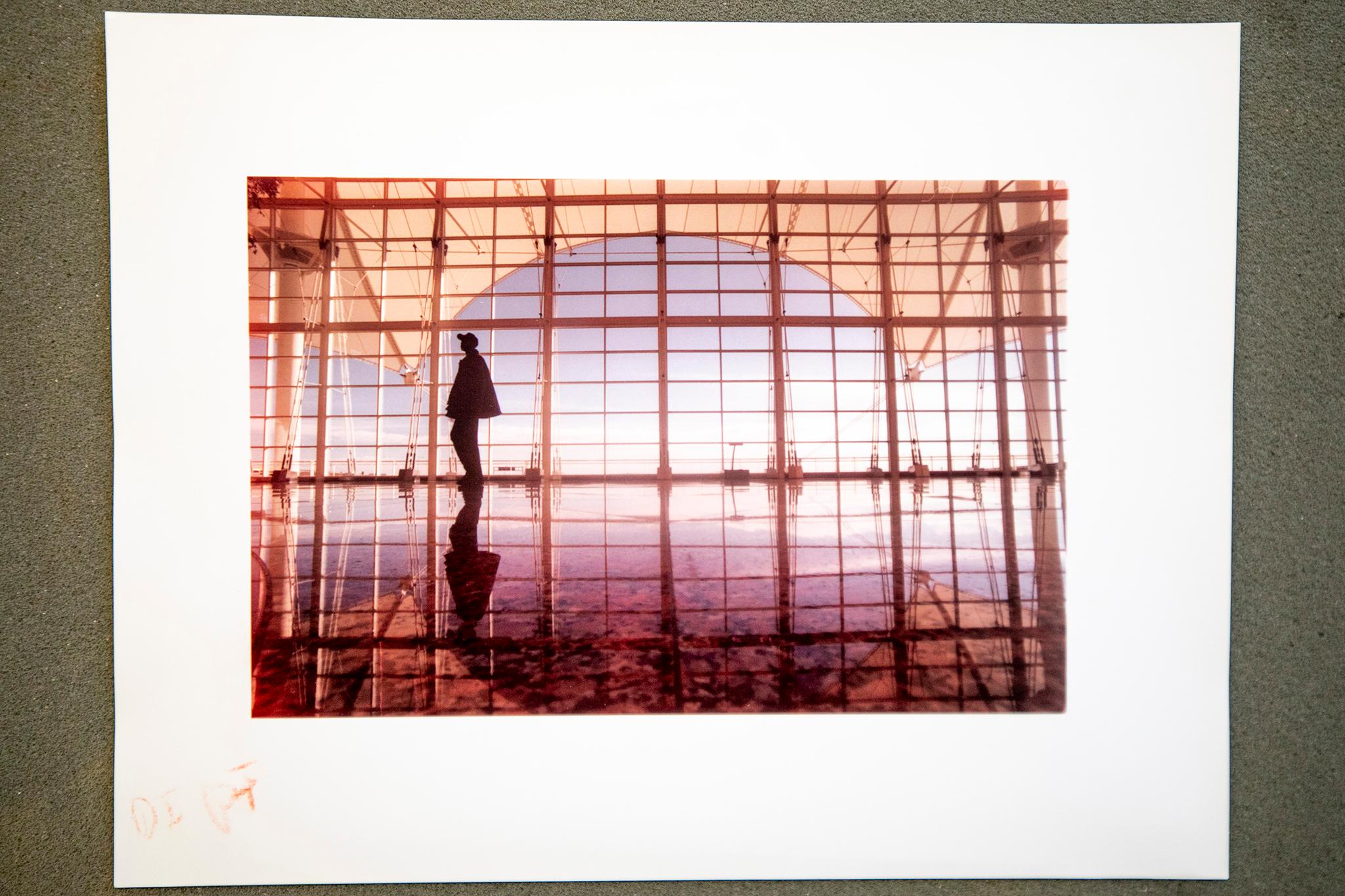
Wolf recalled new art installations popping up regularly.
"It was fun to find them," she said. "Many were pretty weird. Many have disappeared. I hope they reappear after this construction."
Barbara Wilcox remembered the wide open space around the new airport -- space that is now quickly filling up with new housing developments, a Pepsi plant and expanded airport operations.
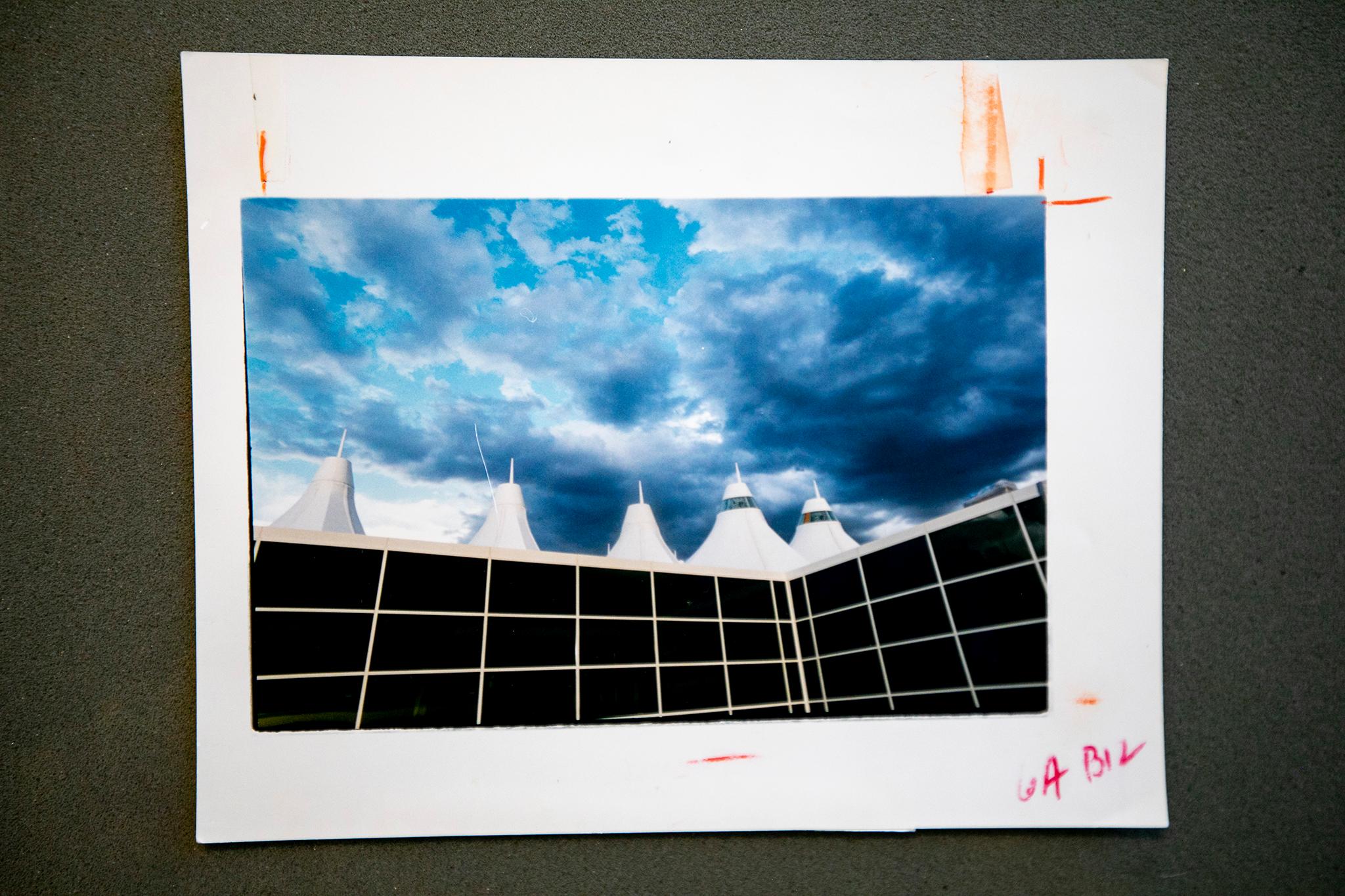
"DIA seemed amazing when it was new," Wilcox said. "There was no blue horse, no trains into the city, relatively little traffic on Peña Blvd, no hotels, just a lot of wide open space around the terminal buildings. The trains between the main terminal to the concourses almost seemed like a carnival ride. There were fun sound effects and things to watch for out the windows on the tunnel walls."
The site of the old airport has transformed as well; now called Central Park, it too is quickly filling up with housing developments.
To long-time Denverites, it was hard to imagine that what began as Stapleton would turn into what DIA is today.
"As a boy in the early 1960s, I remember my family driving my dad to the airport for a business trip," Ron Litvak recalled, referring to Stapleton. "The airport consisted of, I believe, six outdoor gates behind a chain-link fence. I remember thinking they'd never need all six of those gates."
When DIA opened, Scanlan similarly questioned whether the airport would ever use all the space.

"I remember thinking 'Concourse C?! I'll never use that one. How many years before they ever need to expand??'" he said.
Now, the airport is planning for four new concourses, 100 more gates and 120 million passengers by 2045 -- a 140% increase compared to the number of passengers in 1995.
Judd perhaps put it best.
"You likely know the classic definition of an airport," he said. "A large construction site with airplanes."
